Accelerating developers and software engineers onboarding with CAST Imaging
Fast-track developer ramp-up with maps of application
Why so important?
From great attrition to great attraction, companies are facing an unprecedented challenge to attract and keep talent. That's essential for companies to keep the pace and speed up their business developments. While nearly 70% of company reported talent shortage in 2021, Gartner expects a total annual employee turnover jump to nearly 20% from the pre-pandemic annual average.
The situation is even worse for IT workers: globally, 49% expressed an intention to change jobs in 2021, and specifically in the US, 72% are considering leaving their job in 2022.
In a such situation, being successful in onboarding is key for every company: Research by Brandon Hall Group found that great employee onboarding can improve employee retention by 82% and productivity by over 70%.
Onboarding theories
Onboarding program and process has been theorized by Van Maanen and Schein in late 70s1, and derived by Dr Talya Bauer in 2010 when she wrote a report for SHRM laying out what’s recognized as a definitive model of onboarding: the 4 C’s, which now is the 6 C’s of employee onboarding.
Van Maanen and Schein model categorizes onboarding tactics in six dimensions:
| Collective vs. individual | all newcomers are grouped together versus newcomers go through separate from other newcomers |
| Formal vs. informal | newcomers are segregated from other employees versus no or little separation between newcomers and other employees |
| Sequential vs. random | discrete steps regarding the onboarding phases are specified for the newcomers versus no specification of sequence of steps |
| Fixed vs. variable | a timetable (fixed time) is associated with each step of the onboarding process versus no time associated with the onboarding steps |
| Serial vs. disjunctive | experienced employees serve as models for newcomers versus no guidelines or models are provided to newcomers |
| Investiture vs. divestiture | the newcomers should keep their personal characteristics versus an organization rejects and removes the personal characteristics of newcomers |
Dr Talya Bauer defines the 6 processes of employee onboarding as:
- Compliance: the mandatory tasks each newcomer goes through around paperwork.
- Clarification: a clear explanation of what is expected from the newcomer.
- Confidence: the newcomer’ feelings about doing the job well and its competence to tackle new challenges.
- Connections: connecting the newcomer with existing employees to enforce the safety and recognition of newcomers.
- Culture: understanding the new organization’s norms, values, stories, and symbols.
- Checkbacks: feedback about the onboarding process for alignment and future improvement.
It is all related to building a confident social environment for the newcomer to feel safe, integrated, and happy in its new role.
Onboarding Developers
Beyond the socialization aspect of the onboarding, developers also need to get the context of the application they will work on. What it is made for and most and foremost, what it is made of.
A recent study done at Microsoft2 looked at the onboarding of new developers arriving or moving from one team to another.
Among the different strategies for onboarding developers, the “Simple-Complex” – graduating the complexity of tasks assigned to developers, is the most used before “Exploration-Based” – assigning tasks that are under-defined and uncertain, and “Priority-First” – following the project priority for assigning tasks.
Depending on the developer seniority, the learning period lasts 6 to 9 months for developers to become autonomous in their new role.
Looking at the newcomers’ expectations for the onboarding, the research looked at it with 3 axes: Learning, Confidence, and Socialization.
Interestingly, the documentation is at the center of subjects to speed-up the learning and to build the confidence of newcomers: for 90% of them, “maintaining a documentation that is complete, clear, updated, and well organized is an effective way of facilitating learning for new members”.
An up-to-date documentation of the actual application internals is also one of the key topics when onboarding developer remotely. A study about the onboarding of developers during the pandemic3 points out the difficulties, loss of time, and efforts of relying on outdated documentation.
Accelerating developers onboarding
Many companies using CAST Imaging have experimented using actual, interactive, and up-to-date documentation of the internal of applications for accelerating the onboarding of newcomers to their company or while rotating from one team to another.
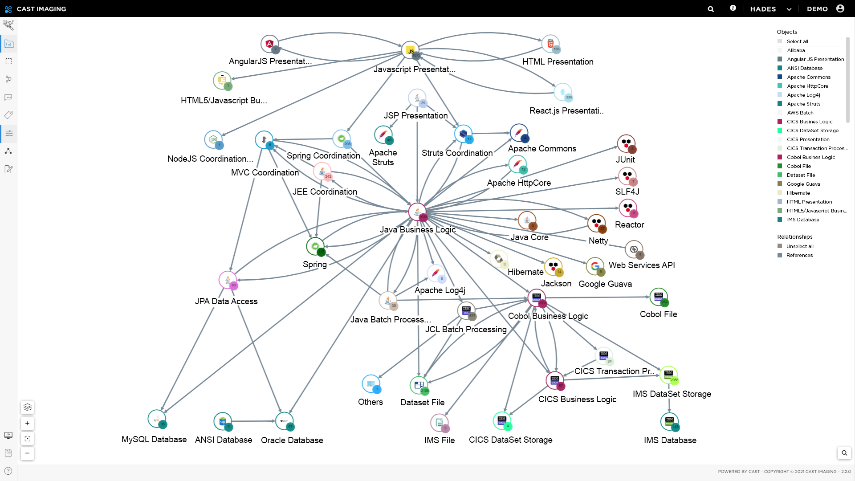
CAST Imaging reverse-engineers all database structures, code components, and interdependencies in complex software systems, down to the tiniest details. It provides every team member with a clear understanding of all technology and framework used in the application as well as all the relations and communications mechanisms used between all the layers of the application.
When executing first tasks during their ramp-up period, whether it is in a “Simple-Complex”, “Exploration-Based”, or “Priority-First” learning strategy, new and arriving developers use maps of the inner working of applications to learn and discover the application make-up, and to isolate the impact of their first changes. That controlled impact also takes part in bringing confidence to the newcomers.
The benefits of using CAST Imaging for newcomers have been quantified by many clients from 20% to 40% reduction for the onboarding duration. The decrease by 30 to 40% to the rework and coding effort also applies for newcomers gaining quicker knowledge and confidence when implementing first fixes and changes.
2 Ju, An, et al. "A case study of onboarding in software teams: Tasks and strategies." 2021 IEEE/ACM 43rd International Conference on Software Engineering (ICSE). IEEE, 2021.
3 Rodeghero, Paige, et al. "Please turn your cameras on: Remote onboarding of software developers during a pandemic." 2021 IEEE/ACM 43rd International Conference on Software Engineering: Software Engineering in Practice (ICSE-SEIP). IEEE, 2021.


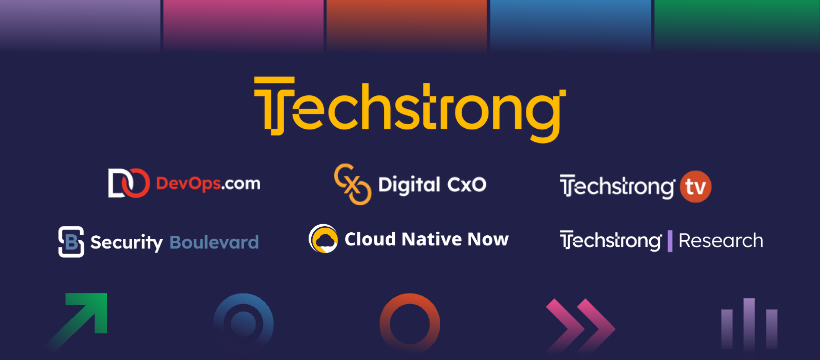
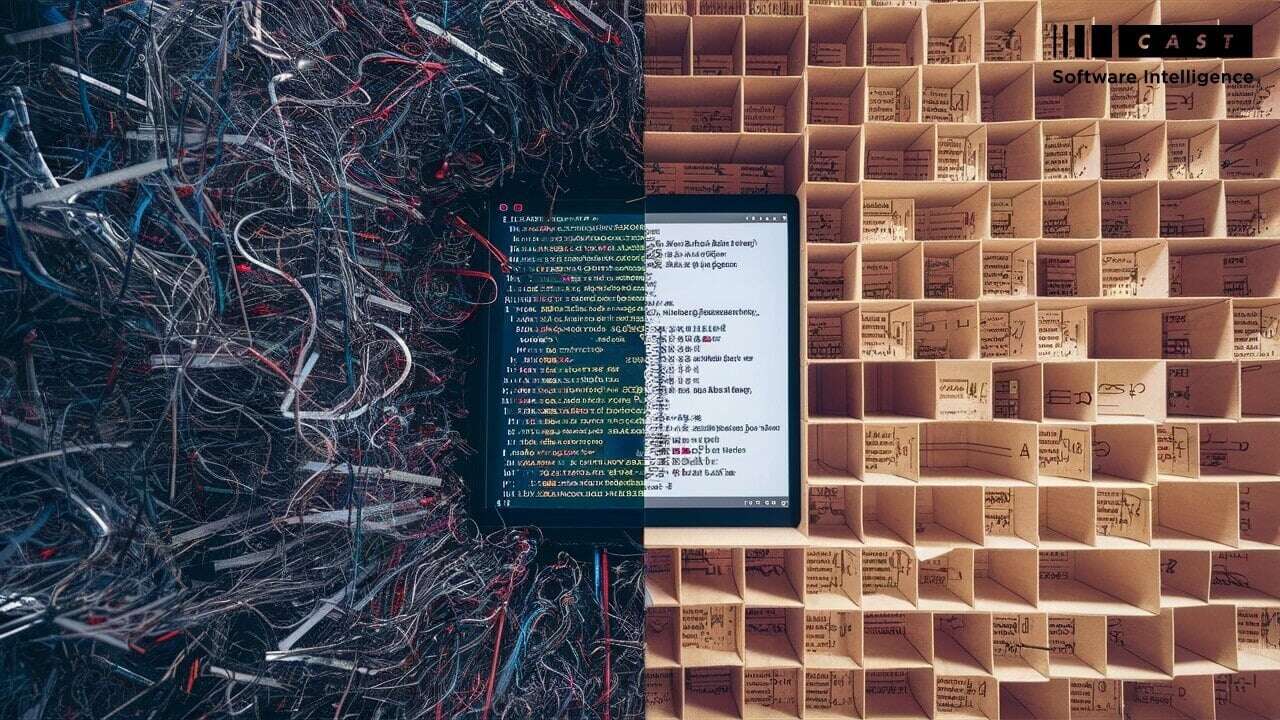
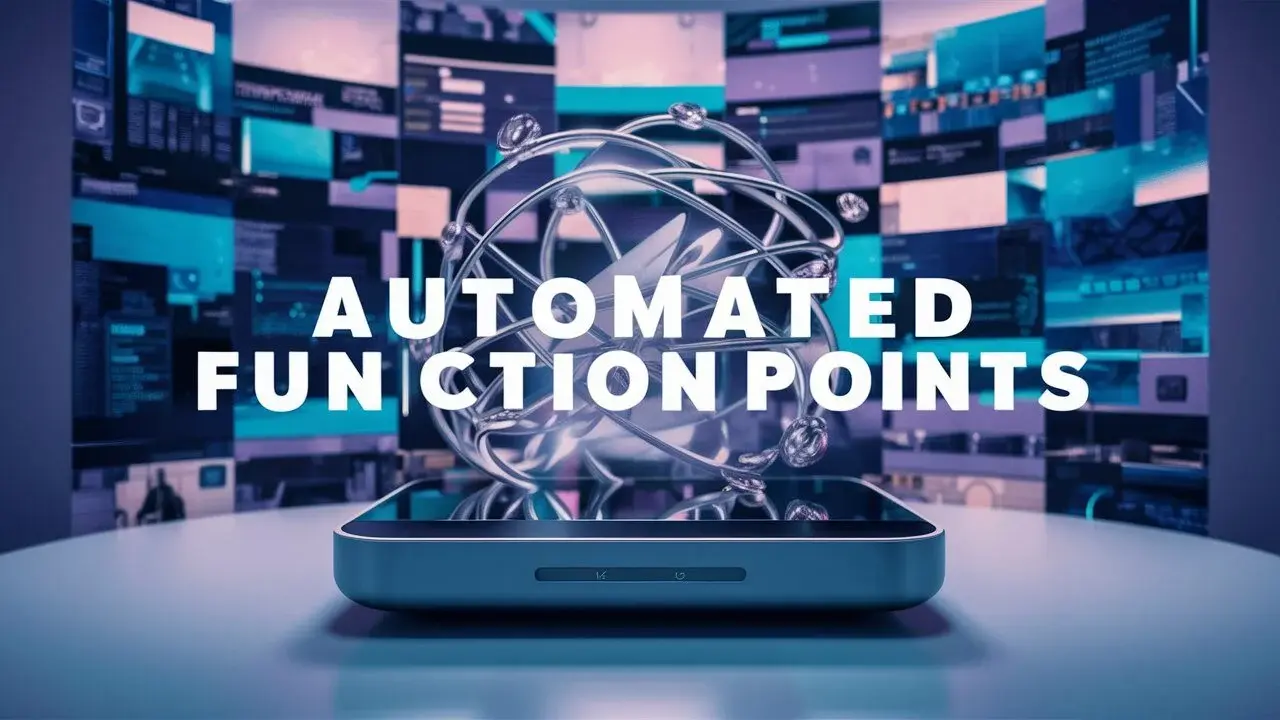

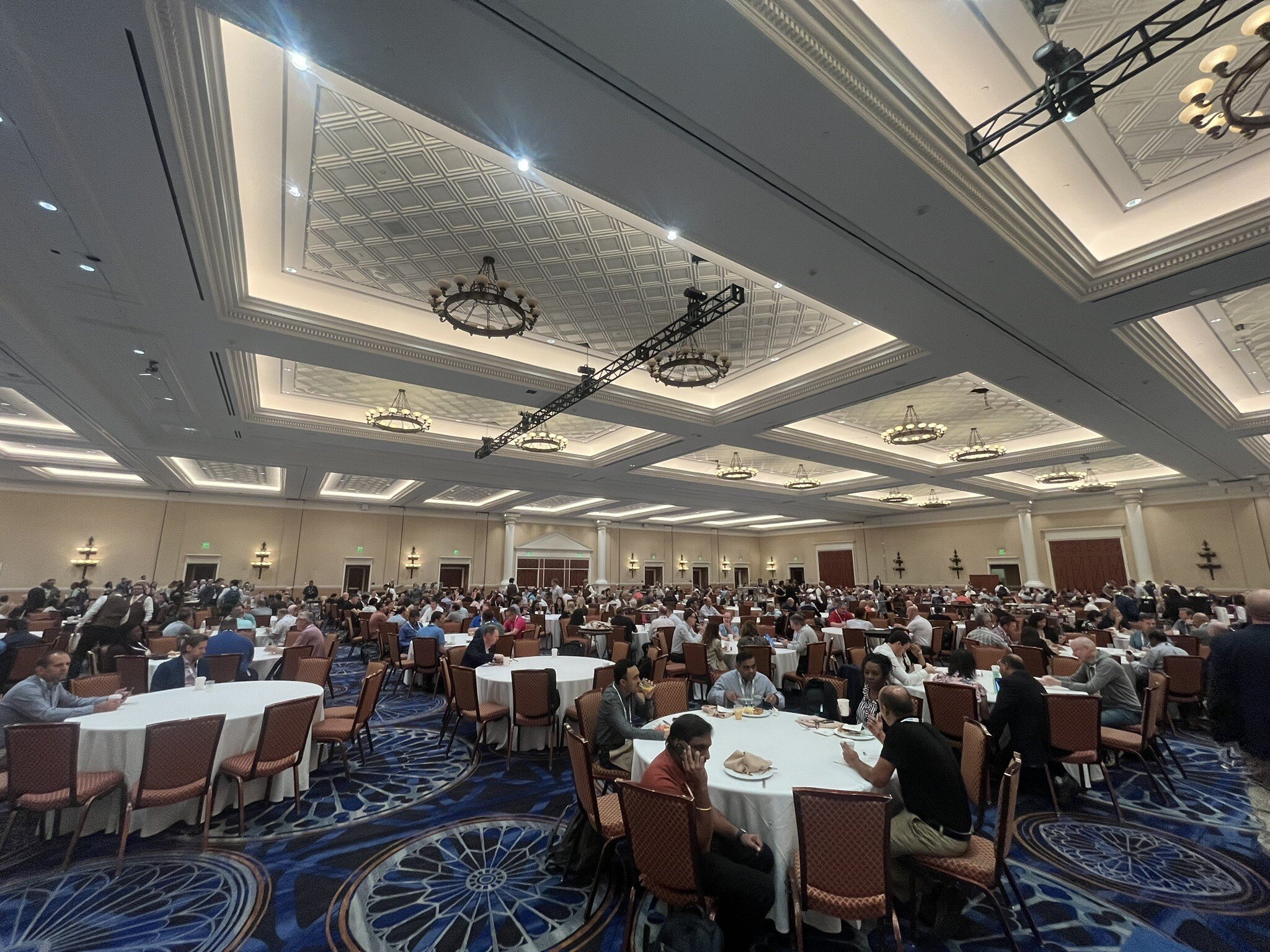


SHARE